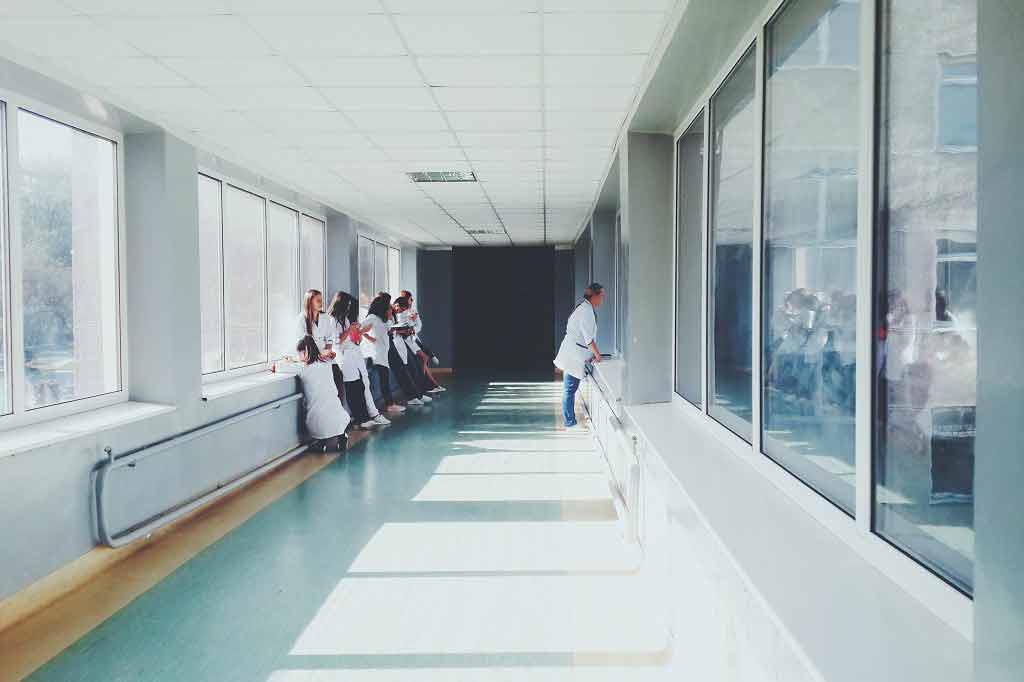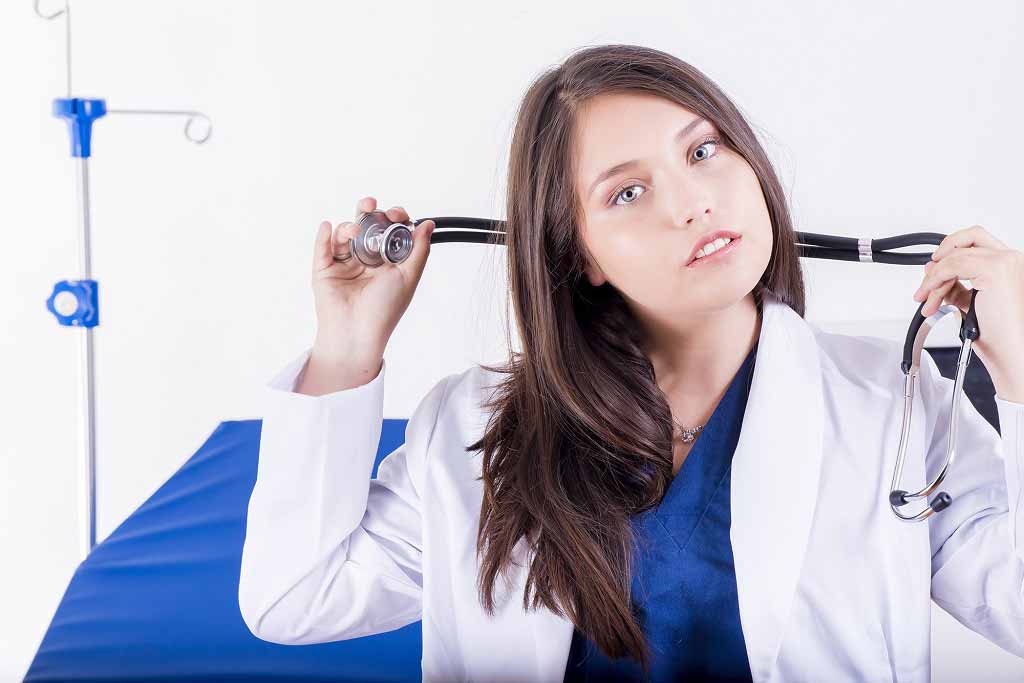Probiotics in intensive care
Medical practice
Probiotics containing 'benign bacteria' could be used to protect critically ill patients from developing pneumonia, BBC News said today. The news story said that
Probiotics containing 'benign bacteria' could be used to protect critically ill patients from developing pneumonia, BBC News said today. The news story said that patients on breathing machines are at risk of pneumonia, as harmful bacteria in the mouth, throat or tube can enter the lungs. It claimed the probiotic bacterium Lactobacillus plantarum 299, did as well as the currently used antiseptic, chlorhexidine, in "keeping pneumonia-causing bacteria at bay”.
The small randomised controlled trial underpinning this story does not amount to convincing evidence that this probiotic is a viable alternative to chlorhexidine in intensive care. It remains to be seen if this probiotic actually has an effect in reducing pneumonia. The researchers say that their results “must be interpreted with great caution” and that the trends they have seen will be investigated in further studies. The probiotic will need to be proven to be as (or more) effective, and as safe as chlorhexidine, which is cheap and readily available.
Where did the story come from?
Dr Bengt Klarin and colleagues from University Hospital and Lund University in Sweden and from Arhus University Hospitals in Denmark carried out this study. The study was supported by grants from Region Skane in Sweden, the Scandanavian Society for Antimicrobial Chemotherapy Foundation and Probi AB (manufacturers of the probiotic). Two of the researchers are shareholders in Probi AB. The study has been accepted for publication in the peer-reviewed medical journal Critical Care and is available online in its unedited format until formal publication.
What kind of scientific study was this?
The study was a small, non-blinded randomised controlled trial in 50 patients receiving mechanical ventilation. Oral care is important for ventilated patients and the mouth is often swabbed with an antiseptic called chlorhexidine to reduce contamination. This prevents ventilator-associated pneumonia (VAP) - a common complication in patients who need to have a tube inserted into the airway to help them breathe. This approach runs the risk of bacteria developing resistance to antibiotics and while reducing VAP infections, may not actually reduce the time spent in the intensive care unit, on ventilation, or have any effect on mortality.
These researchers were investigating whether probiotics – which can affect bacterial colonies – would reduce the numberof microorganisms that cause disease in the mouths of ventilated patients who were critically ill. The probiotic they were particularly interested in is called Lactobacillus plantarum 299 (Lp299).
Patients in an ICU at University Hospital in Lund, Sweden who were over 18 and ill enough to need mechanical ventilation for at least 24 hours were included in this study. Patients with pneumonia, facial or skull fractures, oral ulcers, immune deficient or with HIV could not take part in the study. The researchers randomly allocated 50 patients to either standard care or to the probiotic. Standard care involved removing mouth secretions by suction, brushing teeth with toothpaste and cleaning the internal mouth surfaces with swabs moistened with chlorhexidine twice a day. The intervention treatment involved the same routine twice a day except that instead of chlorhexidine, the mouth was swabbed with carbonated water followed by application of Lp299 to the mouth surfaces.
Before the study began and before oral care procedures took place on days 2, 3, 5, 7, 10, 14 and 21 of ventilation, swabs were taken from the mouth area for culturing (to see what bacteria were present in the mouth cavity). The researchers then compared the culture results between the groups. The patients were critically ill for different reasons and were treated according to their problems (e.g. some received antibiotics, some had to be re-intubated etc) but all initially had tubes in their windpipes by way of the mouth).
What were the results of the study?
The researchers initially included 50 patients in the study, but some people dropped out of the study and there were some missing record, so information on 44 patients were analysed. There was no significant difference between the groups in number of days spent on ventilation, the number of patiens who died, or how long they stayed in hospital (the study was not set up to look at these outcomes).
There was no significant difference between the groups in terms of the type or quantity of bacteria cultured from the mouth or the way the types of bacteria changed over time. Between 38% and 65% of those given either treatment eventually developed harmful bacteria in the mouth which needed treating.
What interpretations did the researchers draw from these results?
The researchers conclude that it is ‘feasible and safe’ to use Lp299 as an adjunct in the oral care of intubated patients. They say that there was no difference between standard chlorhexidine-based oral care and Lp299-based oral care in the numbers of potentially disease-causing bacteria in the oropharynx (the area of the throat at the back of the mouth) or trachea (windpipe).
What does the NHS Knowledge Service make of this study?
The researchers acknowledge that their small study was “neither powered nor intended for assessment of differences in the frequency of VAP” so the news headline suggesting that probiotics may stop pneumonia is not supported by the study findings. This research has shown that when probiotics are used instead of the usual antiseptic mouth swabbing and other strict and regular oral care procedures, it seems to have the same effect on the bacteria that colonise the mouth. Whether this translates into a reduced incidence (or equivalent incidence) of VAP is not the point of this study. The researchers discuss the implications of their study in helping design larger studies that measure other outcomes.
This study’s purpose was to estimate the number of patients who might be needed for a larger study that will actually assess the effects of probiotics on pneumonia outcomes. The results of the larger study will be needed before it’s possible to advocate using probiotics in this way.
The existing method to decontaminate breathing apparatus, chlorhexidine, has proven effects and is cheap and readily available. Probiotics will therefore need to be proved to be at least as good and and just as safe.






 Subscribe
Subscribe Ask the doctor
Ask the doctor Rate this article
Rate this article Find products
Find products








